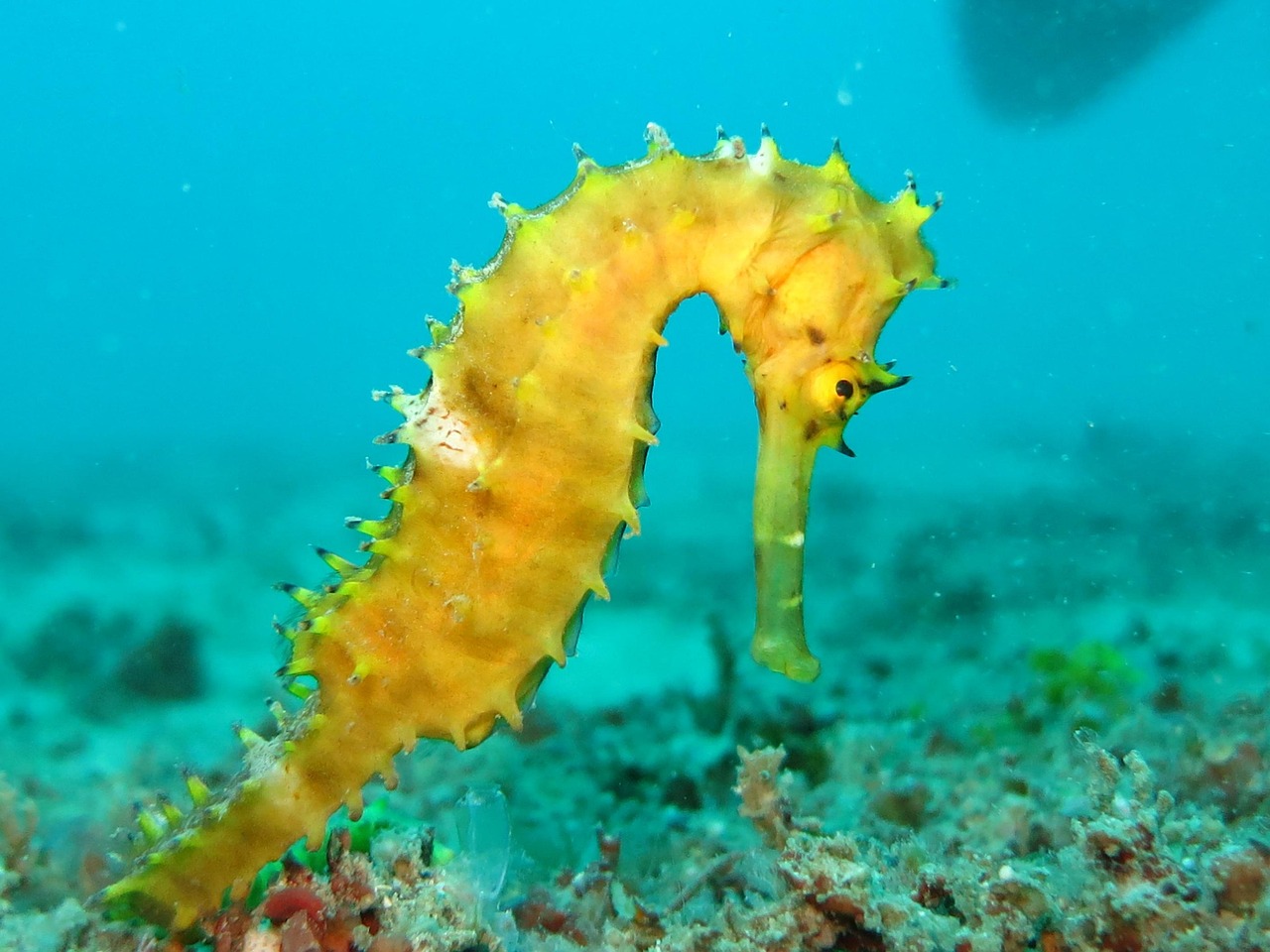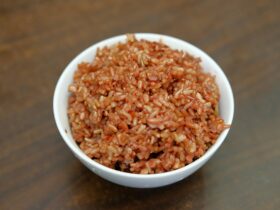“해마”는 영어로 “Seahorse”로 번역됩니다. 이는 해양 생물 중 하나로, 특유의 형태와 생태적 특징으로 잘 알려져 있습니다.
“해마”를 영어로 표현하는 방법
- Seahorse (해마)
- Hippocampus (해마의 학명)
- Marine fish (해양어)
1. Seahorse
“Seahorse”는 해마의 일반적인 이름으로, 그 독특한 외모가 특징입니다.
- Seahorses have a horse-like head and a curled tail. (해마는 말과 같은 머리와 말려 있는 꼬리를 가지고 있습니다.)
- They are found in shallow coastal waters and are often associated with seagrass beds. (해마는 얕은 해안수역에서 발견되며, 해초밭과 종종 연관됩니다.)
- Seahorses are known for their unique reproductive habits, where the male carries the young in a pouch. (해마는 수컷이 주머니에서 새끼를 키우는 독특한 번식 습성으로 잘 알려져 있습니다.)
2. Hippocampus
“Hippocampus”는 해마의 과학적 이름으로, 해부학적 및 생물학적 연구에서 자주 사용됩니다.
- The hippocampus is also a part of the brain associated with memory and learning. (해마는 또한 기억과 학습과 관련된 뇌의 일부입니다.)
- The scientific name “Hippocampus” comes from the Greek words for “horse” and “sea monster.” (과학적 이름 “Hippocampus”는 그리스어에서 “말”과 “바다 괴물”을 의미합니다.)
- This term reflects the creature’s unique morphology and behavior. (이 용어는 생물의 독특한 형태와 행동을 반영합니다.)
3. Marine fish
“Marine fish”는 해마를 포함한 해양 어류의 일반적인 범주를 설명합니다.
- Seahorses are a type of marine fish that belong to the family Syngnathidae. (해마는 Syngnathidae 과에 속하는 해양 어류의 일종입니다.)
- Like other marine fish, seahorses breathe through gills and are ectothermic. (다른 해양 어류와 마찬가지로 해마는 아가미를 통해 호흡하며 변온동물입니다.)
- They play a role in the ecosystem, serving as both predator and prey. (해마는 생태계에서 포식자와 먹이로서 역할을 합니다.)
“해마”는 영어로 “Seahorse”로 표현되며, 해양 생물의 독특한 특성과 생태적 역할을 포함한 다양한 개념을 나타냅니다.













Leave a Reply